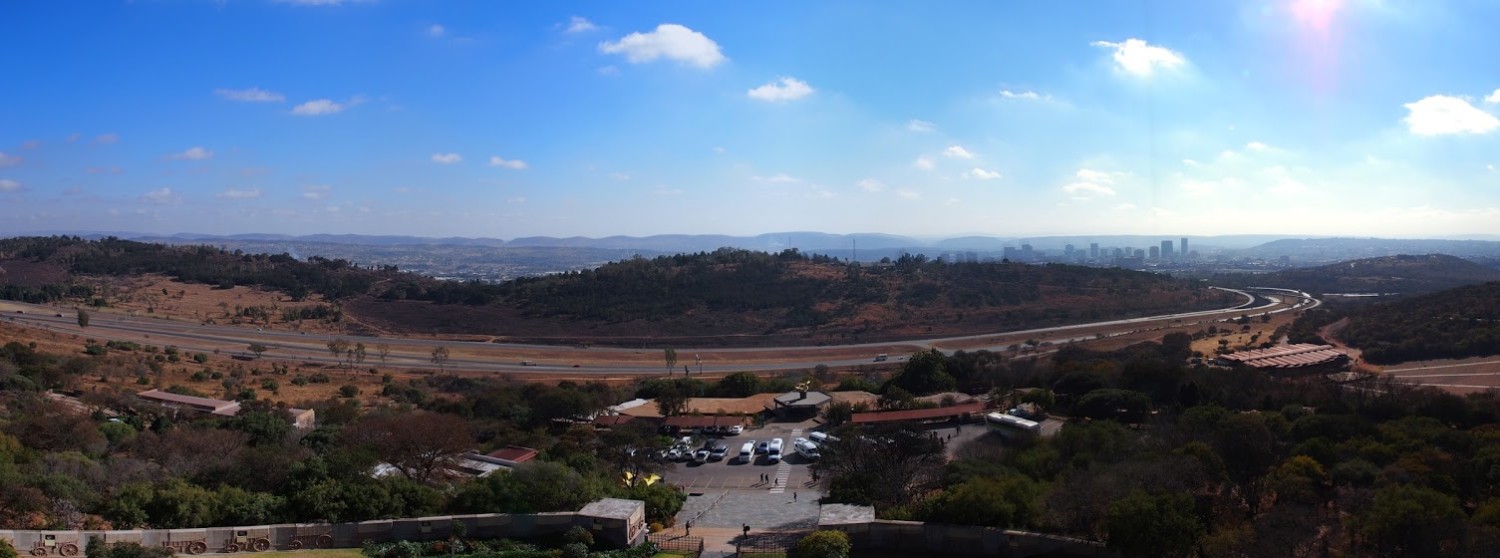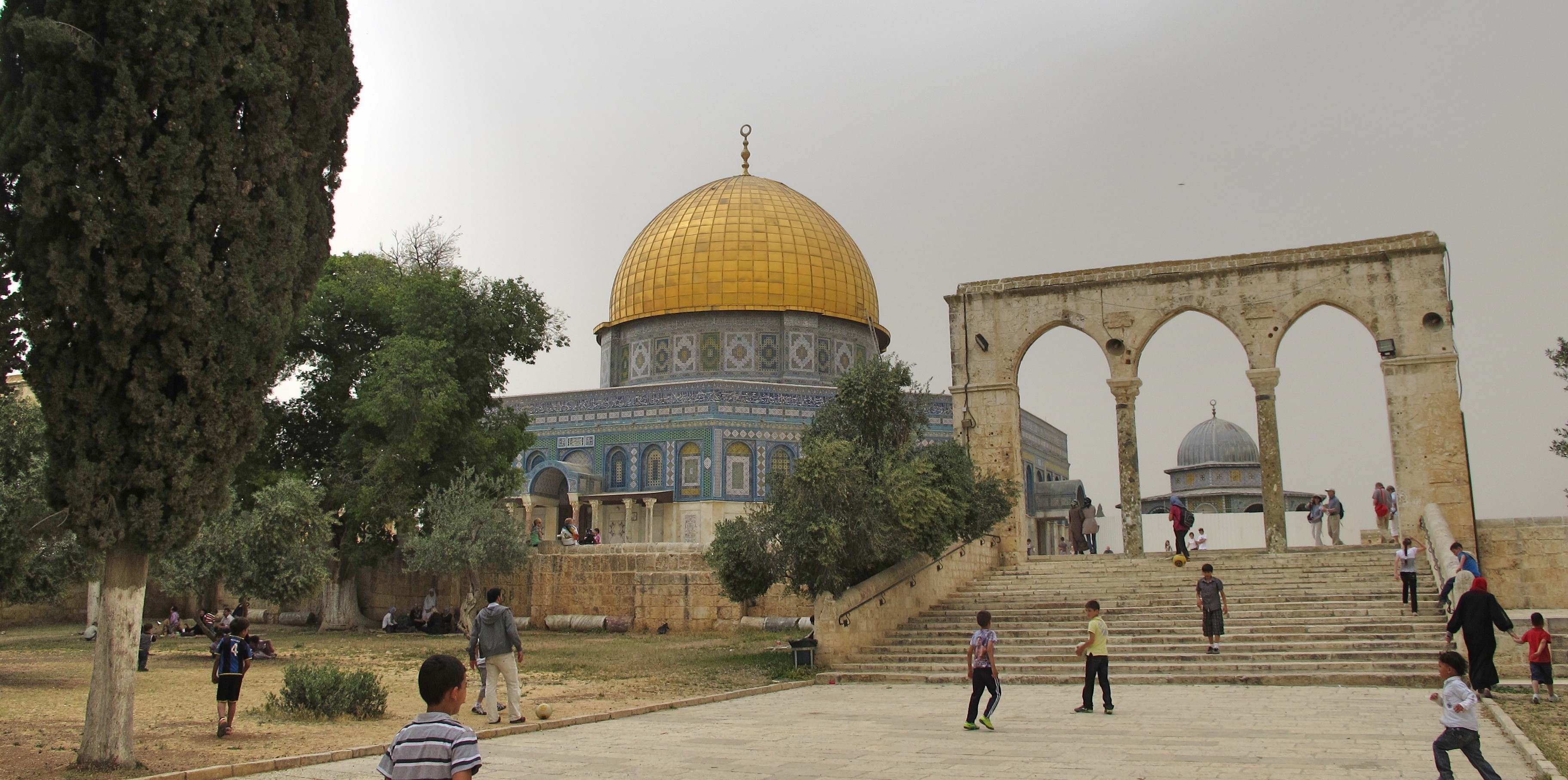Earlier we had made a reservation from the hotel for a tour (Under Bein Harim) in Bethlehem, having not able to figure out how to go by ourselves (and avoiding the hassle of doing so). A bus with a couple…



Earlier we had made a reservation from the hotel for a tour (Under Bein Harim) in Bethlehem, having not able to figure out how to go by ourselves (and avoiding the hassle of doing so). A bus with a couple…

Started the morning with breakfast at the restaurant next to the hotel, Yotvata at the promenade. Bought the vouchers from the hotel reception at a discount. After retrieving our vehicle from the carpark, it’s a one and a half hour…